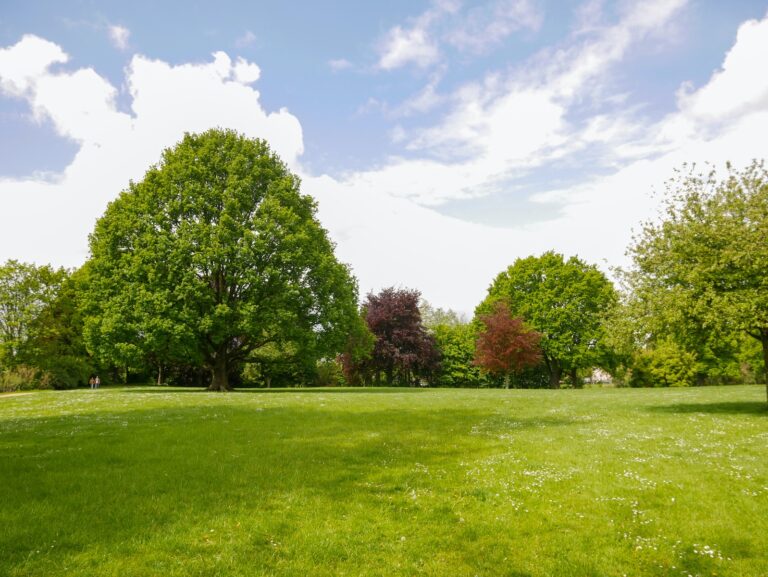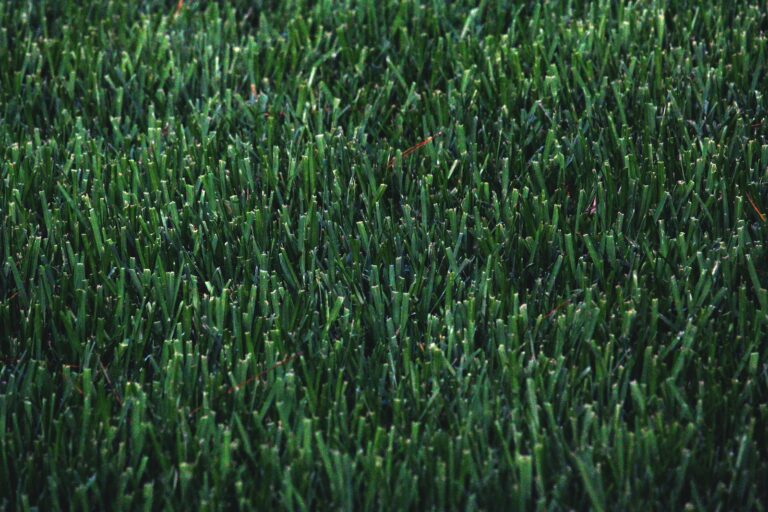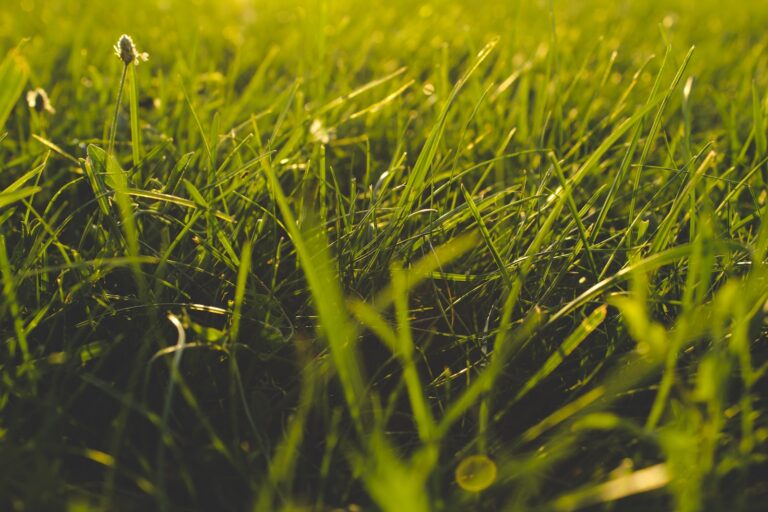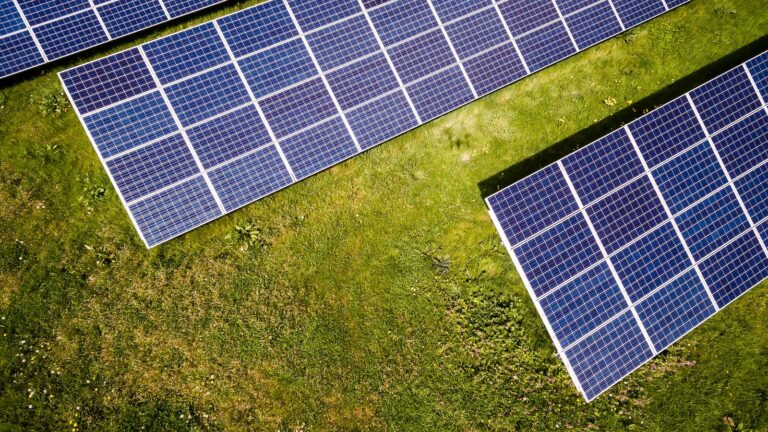How Often Should You Aerate Your Lawn?

Have you ever wondered why some lawns look luscious and green while others appear yellowish and patchy? The answer is simple: air! Yes, your lawn needs to breathe just like any living organism. Proper aeration can do wonders for the health of your grass by promoting better root growth, improved nutrient absorption, increased water penetration, and more. But how often should you aerate your lawn?
In this blog post, we’ll explore everything you need to know about lawn aeration frequency to keep your yard healthy and beautiful all year long. So grab a cup of coffee or tea (or maybe even lemonade), sit back, and let’s dive in!
Introduction
It’s important to aerate your lawn once a year to ensure that your grass stays healthy. Aerating your lawn allows oxygen, water, and nutrients to reach the roots of your grass. It also helps reduce compaction, which can lead to unhealthy grass.
Aeration helps the soil to become more porous and makes a suitable environment for new grass seedlings. Additionally, aerating your lawn will help control weeds. Lawn aeration removes plugs of soil from your lawn’s surface that disrupt weed root systems and prevents them from spreading.
In order to keep your grass lush and green, it’s important to aerate your lawn on a regular schedule. Different grass types have different ideal aeration frequencies for optimal health, however, most lawns should be aerated at least once a year – twice if possible. Proper aerating can help improve your overall lawn health and make it look better than ever before! In this article, we’ll discuss how often you should aerate your lawn and provide tips on how to do so correctly.
Introduction to Lawn Aeration

Lawn aeration is the process of perforating the soil with small holes to allow air, water, and nutrients to penetrate the grass roots. This process is beneficial to lawns because it relieves compaction, helps the root system grow deeper, encourages thatch breakdown, and improves overall drainage. Lawn aeration can be done with a hand-held tool or a machine, and usually takes only a few minutes per square foot.
Benefits of Lawn Aeration
Lawn aeration improves the quality of your lawn in a number of ways. It increases air exchange between the soil and atmosphere, allowing water, oxygen, and nutrients to reach deeper into the soil profile. It breaks up compacted soils to relieve soil compaction, which can reduce thatch accumulation by allowing new grass seedlings to take root more easily. Aeration also improves surface drainage, creating a better environment for healthy root growth and disease resistance. Finally, it helps build a strong root system that can withstand environmental stresses like heat or drought.
Why Is It Important to Aerate Your Lawn?
Aeration is important for a lawn’s health because it helps the grass roots get the air, water, and nutrients they need to grow. When soil is compacted, it doesn’t allow these things to penetrate as deeply, resulting in shallow-rooted grass that is more susceptible to drought, diseases, and pests. Aeration also reduces thatch buildup and allows oxygen to reach the roots, which can improve the overall health of your lawn.
Overall, aerating can be beneficial for a healthy lawn and help reduce weeds, promote growth, and preserve water.
How Often Should You Aerate?
If you have a lawn, you should aerate it at least once a year. If you have heavy traffic on your lawn, you may need to aerate more frequently. Aeration helps improve drainage and reduce compaction in the soil.
In general, the best times to aerate are in the late spring or early fall. Aerating during these times will help create the ideal conditions for fertilizing and controlling weeds.
Aerating at other times of the year, such as during periods of severe drought or cold weather, can actually harm your lawn.
Benefits of Regular Lawn Aeration

Lawn aeration is an important part of maintaining a healthy lawn. Some of the benefits of regular lawn aeration include:
-Improved root growth: Aeration helps loosen compacted soil, allowing roots to grow more freely. This results in a healthier lawn that is better able to withstand drought and other stresses.
- Improved fertilizer uptake: Aeration helps break down thatch layers in the lawn, making it easier for fertilizers to reach the roots. This results in a more efficient use of fertilizer, leading to healthier grass.
- Reduces water runoff and puddling: Aeration creates small channels in the soil through which water can drain more easily. This reduces water runoff and prevents puddling, both of which can damage your lawn.
How to Aerate Your Lawn Yourself
If you want to aerate your lawn yourself, there are a few things you need to know. First, you need to figure out how much of your lawn needs to be aerated. This will depend on the size and type of grass you have. Once you know how much needs to be aerated, use a garden hose or ruler to mark out the area.
Next, you need to choose the right tool for the job. If you have a small lawn, you can use a hand-held tool. For larger lawns, you may need a power aerator. Before beginning, consult your local hardware store or garden center for guidance on which tool to use.
Once you have the right tool, simply follow the manufacturer’s instructions for operating it. After aerating your lawn, water it deeply to help the new roots take hold. You should also fertilize your lawn after aerating to give it a boost of nutrients.
What Tools Are Needed for Lawn Aeration?
Lawn aeration can be done with a variety of different tools, depending on the size and type of your lawn. For small lawns, you can use a hand-held aerator or even a garden fork. Larger lawns will require a gas-powered or electric aerator.
You may also need a shovel if you plan to remove plugs from the lawn. Finally, make sure to have a broom or rake on hand to sweep up any excess debris afterwards.
Alternatives to Manual Aeration
If you don’t have the time or energy to manually aerate your lawn, there are a few alternatives that can get the job done. You could hire a professional lawn care company to do it for you, or you could purchase an aeration machine. Both of these options will get the job done quickly and efficiently.
Another option is to apply a liquid lawn aerator. This type of product contains beneficial microorganisms that help break up compacted soil, and it can provide similar results to manual aeration without any of the effort.
Finally, you could overseed your lawn in combination with deep watering. This will promote deeper root growth, which can eventually lead to better aeration as the new roots create pathways through the soil.
Conclusion
Lawn aeration is a very important task and should not be overlooked. The frequency of which it needs to be done depends on the type of soil, intensity of use, and other factors. By assessing your lawn and situation you can determine what kind of schedule works best for you.
Furthermore, keep in mind that even with effective lawn aeration techniques, proper watering and fertilization are extremely important too—so make sure to take all related steps necessary for optimal grass health!
Source materials such as organic matter or compost can be worked into the soil to improve drainage, nutrient availability and aeration—which should help reduce the need for future aeration tasks. Professional lawn care services are also available if you feel it is necessary. Ultimately, by understanding how important this process is and what needs to be done in order to maximize the effectiveness of it, you’ll have a better chance of having a healthy and full looking lawn!

James is a passionate writer and gardener with years of experience in home gardening. He is the author of several articles and blog posts on HomeGardenBlog.com, a platform where he shares his expertise and love for plants and gardening with the world.







